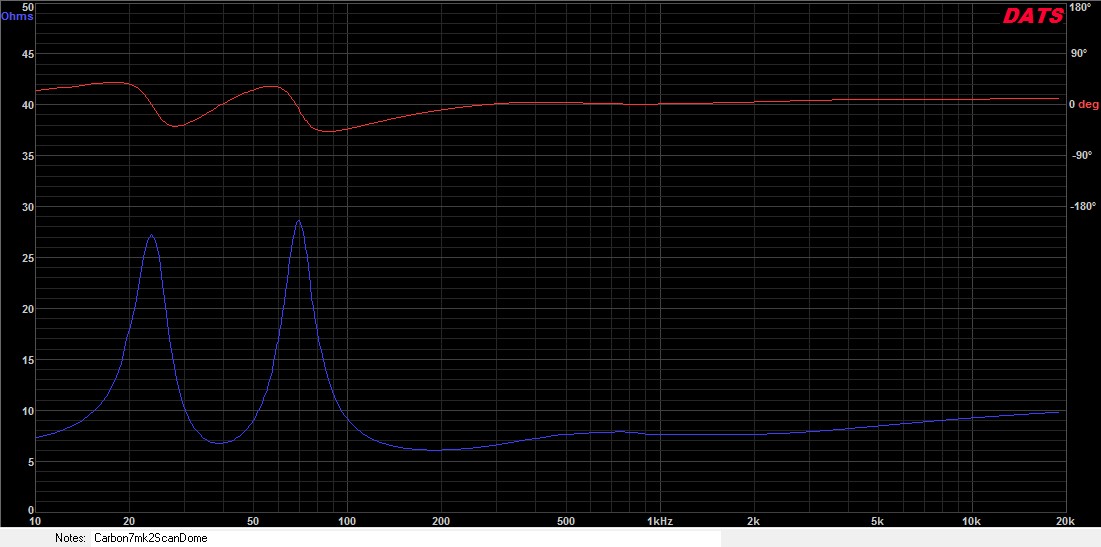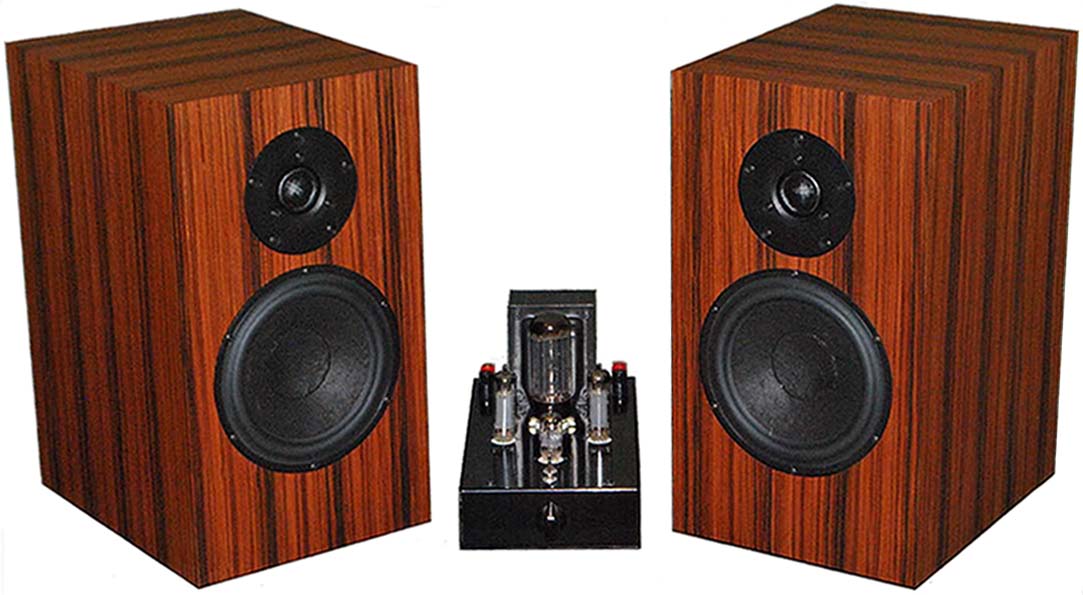

Speaker and Cable Suggestions Please
Greetings, some time ago (maybe over a year ago) I asked for some advice as to what tube integrated amp to buy. It was to be my first tube amp and I needed a lot of help. After a long search and much study, I decided on an ARC VSi75. Now I need your help again. I currently have a pair of Focal Aria 926. My listening room is small, 15'7" x 11'7" (4.75m x 3.5m).
I'm looking for a speaker for a near-field situation that extends into the upper mids and high frequencies. Since my amp puts out 75 watts of output, I need something with decent sensitivity, say at least 91db. I also need new speaker cables. I'm using circa 1980s Monster Cable now.
One more consideration, I have lost some hearing due to a neurological autoimmune condition. Yet, when I auditioned Paradigm Persona Bs recently through an ARC, I could here all the sound that I remember hearing when I was a teenager. The point being, I know that upper range I'm chasing is possible I just don't know if it's achievable on my budget. I have about $4,000 to spend on speakers and cables. I was thinking about DH Lab Q-10 for cables and the rest for speakers. What do you guys think? I don't mind buying used. Thank you.